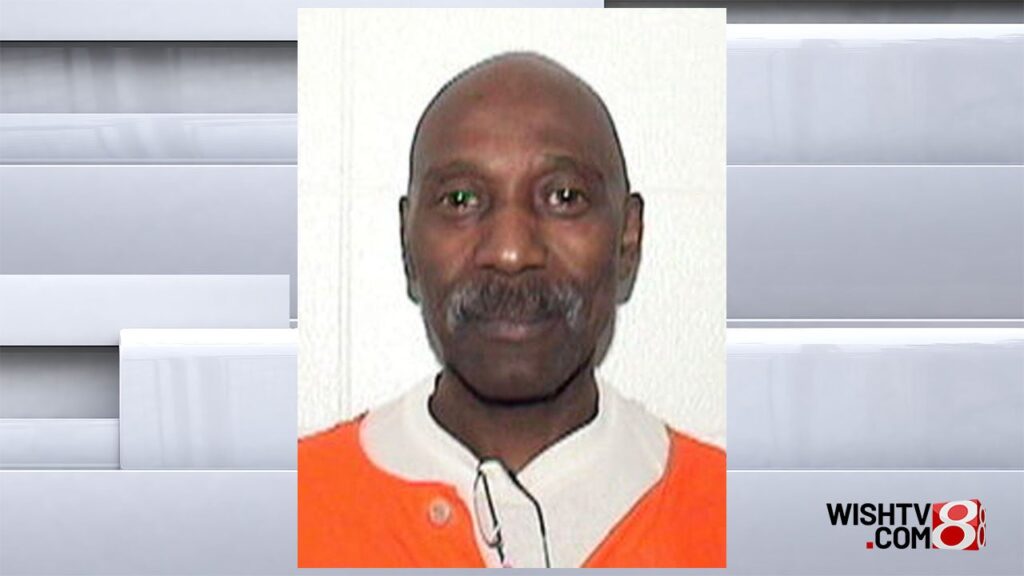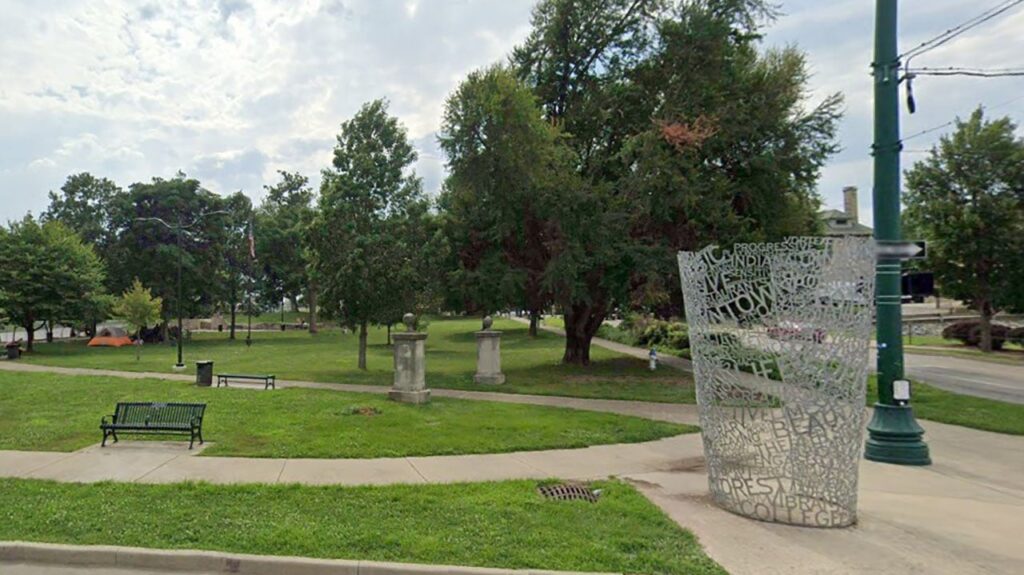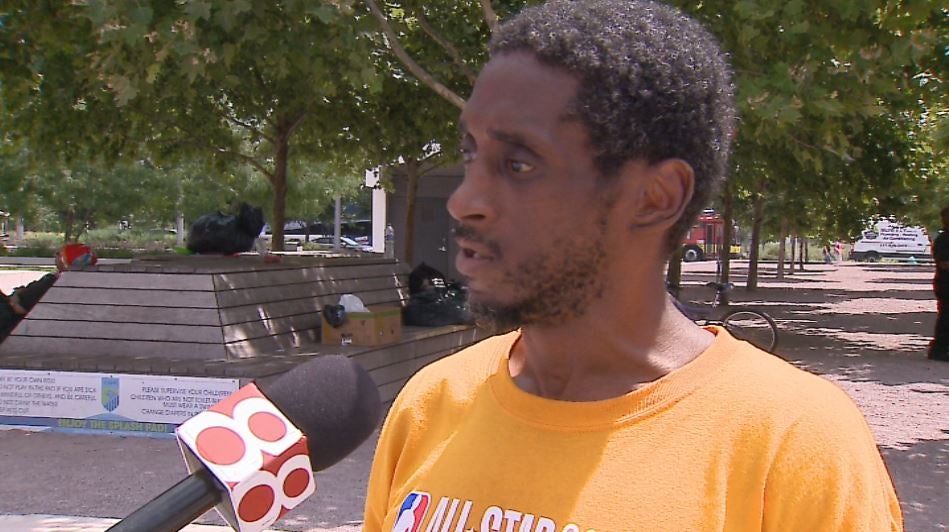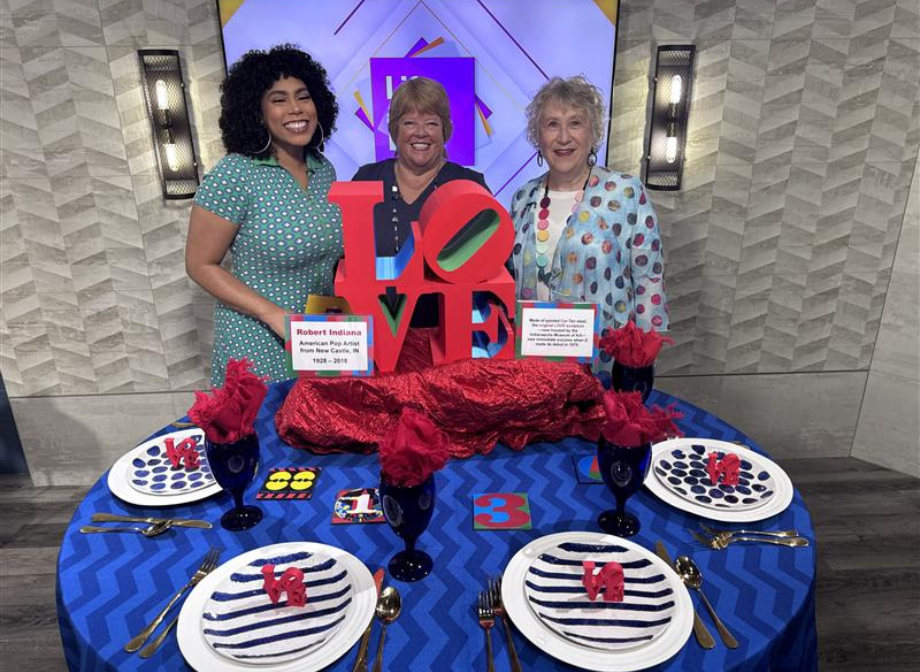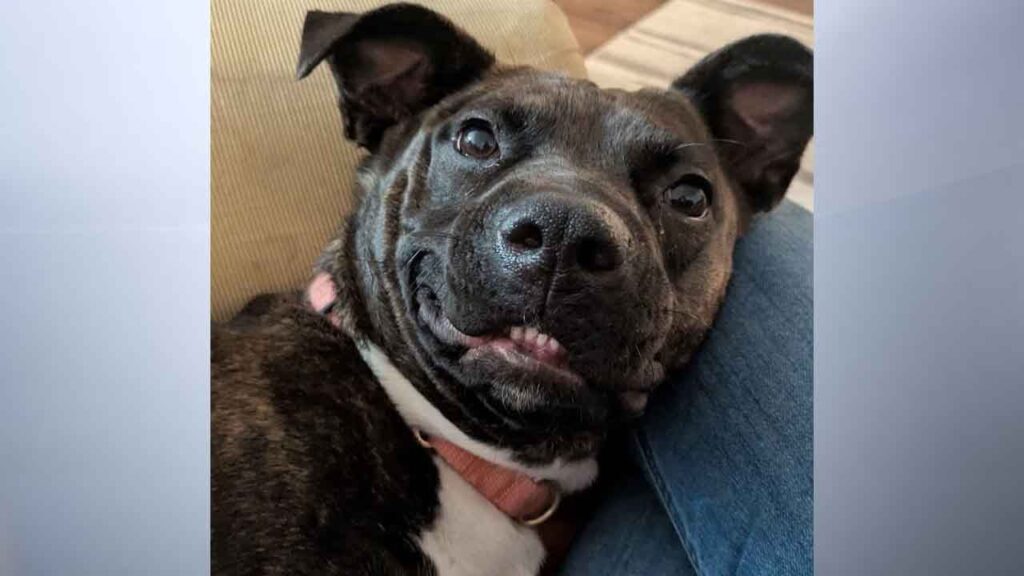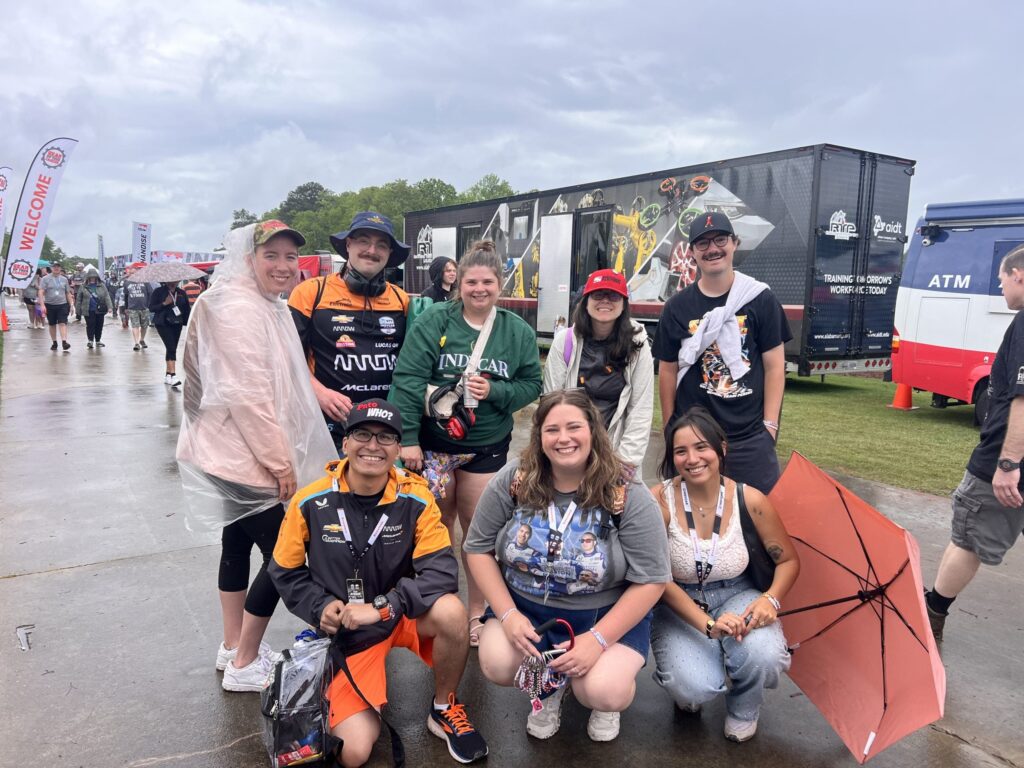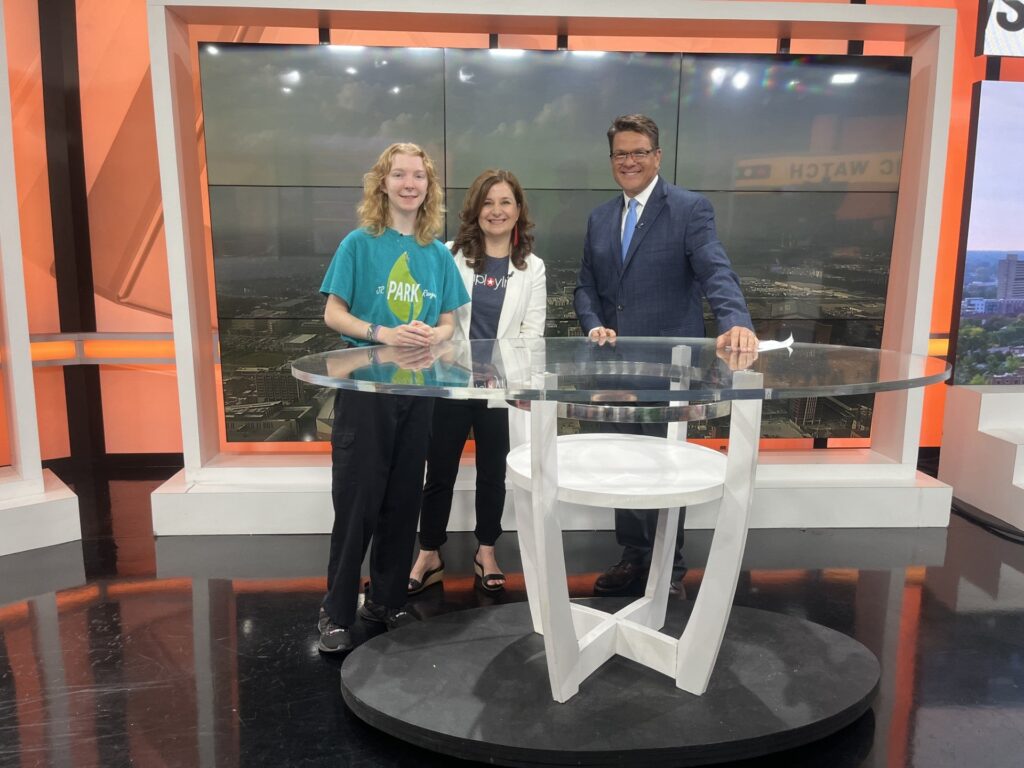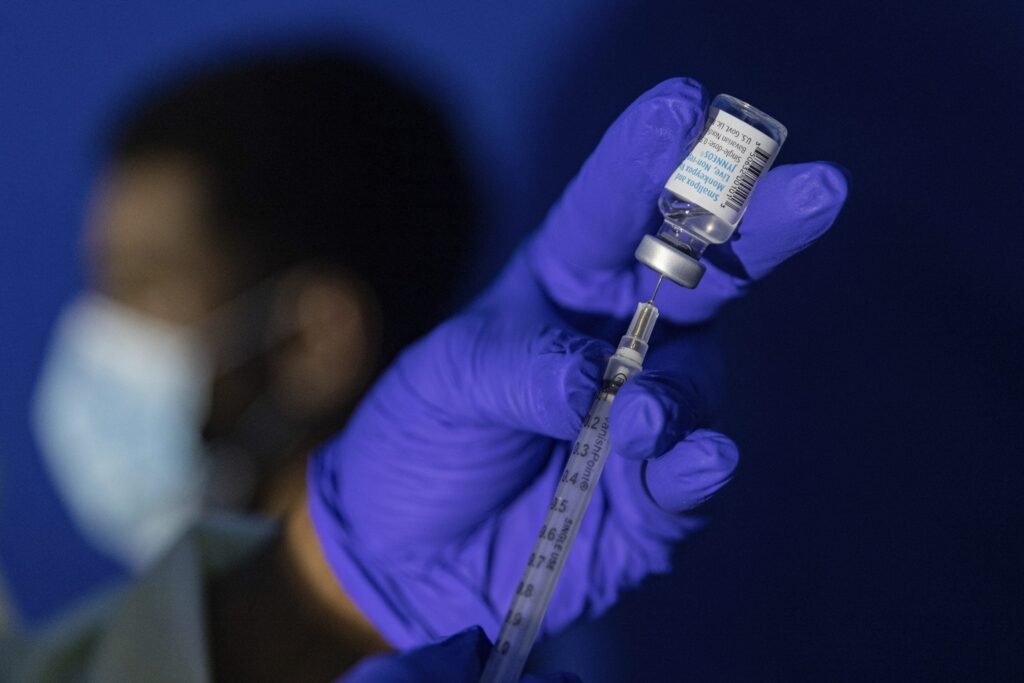Larson eyes history in return to IMS for Brickyard 400
SPEEDWAY, Ind. (WISH) — Back home again in Indiana! At least that’s how it feels for NASCAR Cup Series driver Kyle Larson.
Two months after racing in his second-straight Indianapolis 500, Larson returned to the Indianapolis Motor Speedway to defend his Brickyard 400 crown after an impressive win last July.
“It’s just always good to come back to this beautiful facility with so much history, especially coming back after winning the Brickyard 400 last year. Hopefully, we can do the same this year,” Larson said. “I’ve always felt like I’ve had a huge fanbase when I come to Indy because it does feel like a second home in a lot of ways. I definitely feel the support, and I enjoy it.”
Thanks to the Indy 500, Larson has had more time driving around the oval than most of his competitors. They know how hard it will be to stop him Sunday.
“The knowledge he gained from the IndyCar really set him up for a good race last year in the Cup Series,” Richard Childress Racing driver Austin Dillon said. “I bet that our cars slow down a little when you’re racing an IndyCar out here. He was doing a couple things that definitely helped give him leverage throughout the event.”
“It’s really hard to beat Kyle Larson at anything and that’s in anything he drives including the Cup Series,” Trackhouse Racing’s Ross Chastain laughed. “We’re Chevy teammates with him so we see what they did and the changes and the driving of what he was able to adapt to. He’s just really good at adapting. If we compete with the 5, then we’ll have a shot.”
Larson might not have been able to kiss the bricks in the month of May, but a win Sunday would make him just the seventh driver in Cup Series history to win multiple Brickyard 400s.
It would also mean back-to-back victories. The last time that happened was in 2020 with Kevin Harvick.
Larson knows just how special making that history would be.
“That’d be awesome,” Larson said. “We’re going to give it our best effort for sure this weekend. It’s a tough track for passing so you do have to lean on your team a bit, and your strategy and your pit crew and everybody involved, so I think that’s what makes winning here at the Brickyard special is that it takes not just yourself. It takes your whole team. I know it will be a tough race. We just have to try to keep it up front.”
And maybe kiss those bricks one more time.


